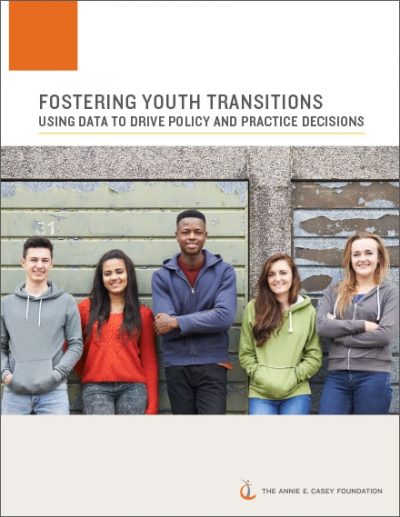No Home Sweet Home
Half of older teens who left foster care aged out instead of being reunited or connected with a family.

This Annie E. Casey Foundation brief, which utilizes the most comprehensive dataset ever collected across all 50 states, fills in key details about the lives of young people who have experienced foster care. In no uncertain terms, the data describe how youth in foster care are falling behind their general population peers and on track to face higher levels of joblessness and homelessness as adults. With these challenges clear, Casey urges leaders to take action — to collect better data, support better practices and develop better policies — so that youth in care can get the support they need, transition to adulthood and thrive.
Young people who experience foster care lag behind their general population peers when it comes to graduating high school or getting a job. Targeted transition services can help. Yet, among all foster youth who participated in a federally funded transition service in 2015, just 23% received education support or employment assistance.
We hope you'll find value in this report. We’d love to get a little information from you, which we'll use to notify you about relevant new resources.